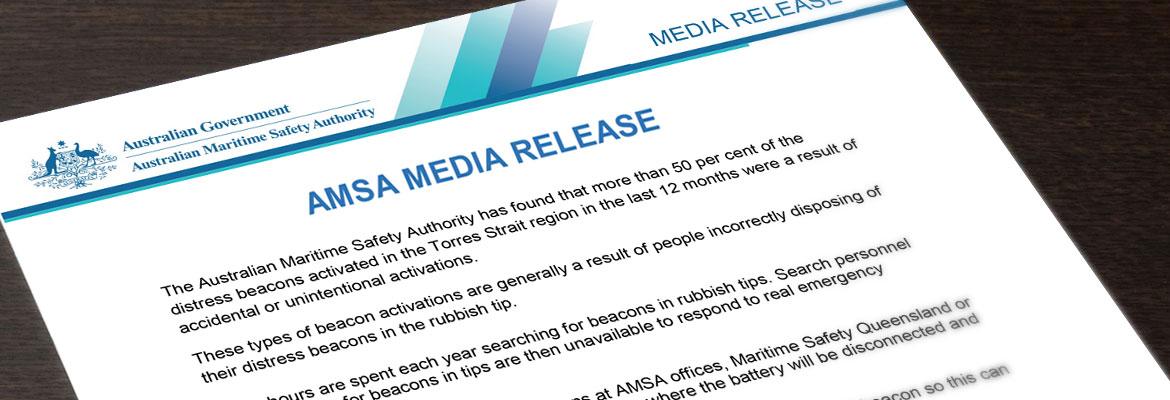
The Australian Maritime Safety Authority (AMSA) Search and Rescue coordinated the search and rescue of the two men after they were reported overdue from a flight between Archer River and Mareeba.
The helicopter had departed Archer River Roadhouse about 2.30pm AEST and no contact had been received from the helicopter since.
The total search area was approximately 10,000 square kilometres centred about 450kms north west of Cairns. Three helicopters and two fixed wing aircraft were involved in the search.
Information received had indicated that the men were likely to have followed the road from Archer River to Mareeba, however the helicopter was located off track about 35 nautical miles east south east of Archer River Roadhouse thanks to an overflying aircraft.
The men had made an emergency landing in long grass and shortly after the grass caught fire from the heat of the helicopter's exhaust.
Both occupants were able to get out of the helicopter before it caught fire and get to safety.
The men were able to retrieve an expired 121.5MHz distress beacon from the helicopter before it caught on fire, and after several attempts over a number of hours, the men were able to activate the beacon. 121.5MHz distress beacons can only be detected by overflying aircraft.
The distress beacon was detected at about 3.45pm AEST yesterday afternoon.
AMSA tasked one of its dedicated search and rescue Dornier aircraft to locate the beacon and the burnt out helicopter was found along with the pilot and passenger waving nearby.
A rescue helicopter was then tasked to retrieve the men, who were reported safe and well but were transported to Cairns for medical assessment as a precaution.
AMSA strongly encourages the use of registered and GPS encoded 406MHz distress beacons as they can be detected by satellite, resulting in faster and more efficient search and rescue operations. The use of satellite phones is also recommended in areas with limited mobile phone coverage.
AMSA also encourages people to advise family or friends of their intended route if they’re going out in an aircraft or boat, or bushwalking. This information can greatly assist in search and rescue operations.
Visit AMSA’s website for more information on distress beacons and registering your beacon or phone 1800 406 406.